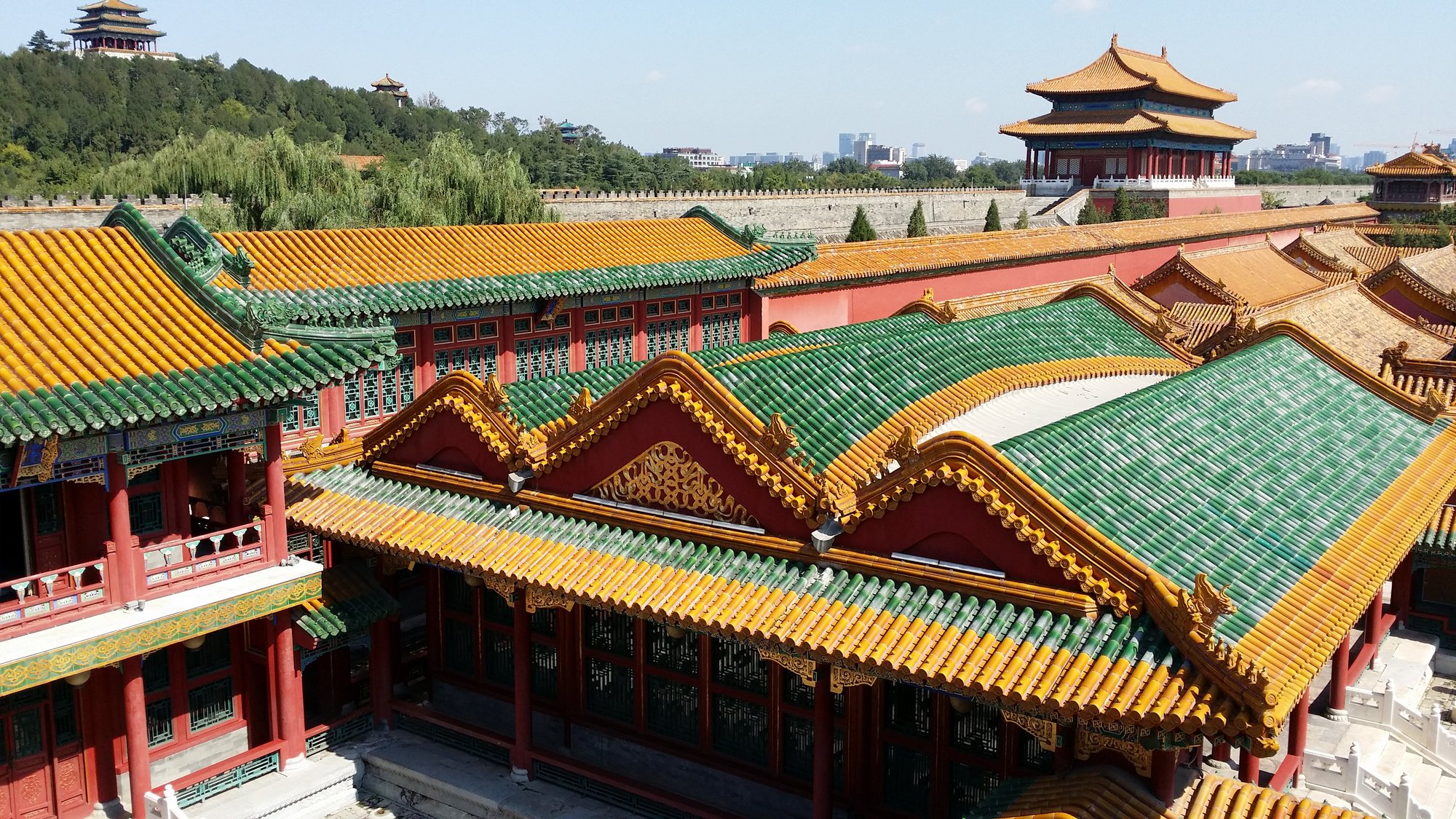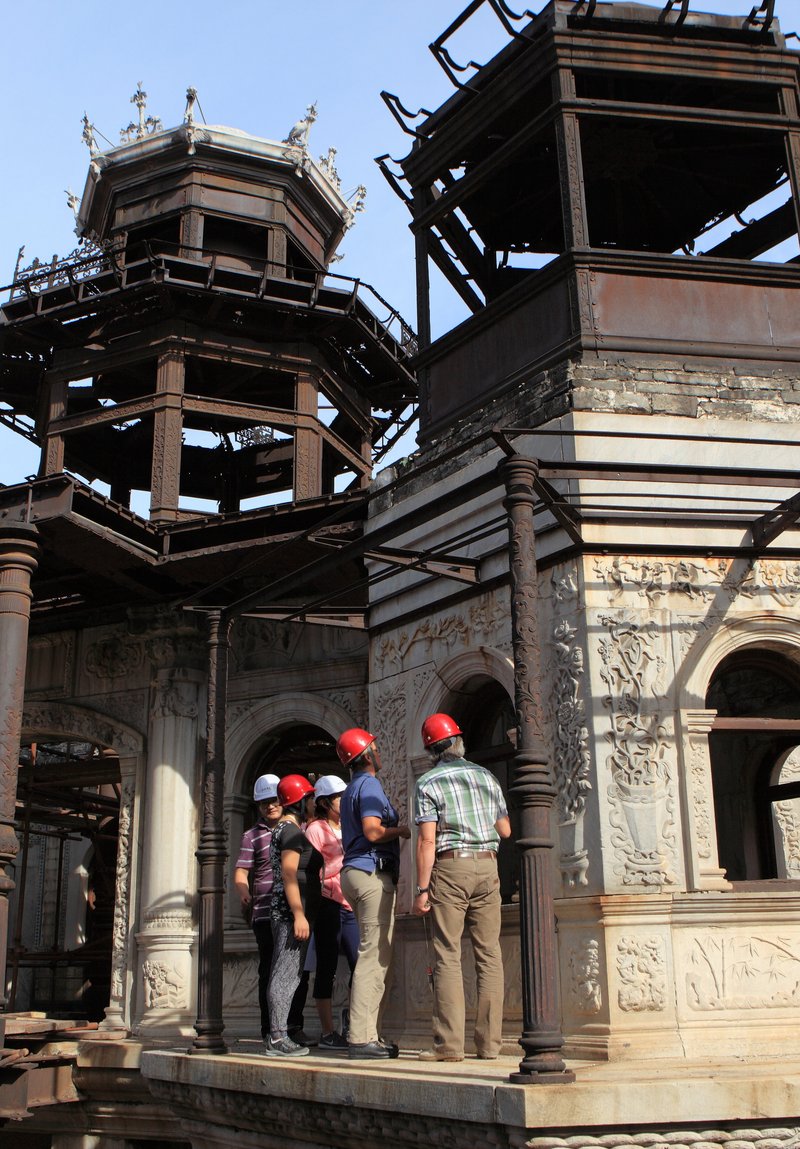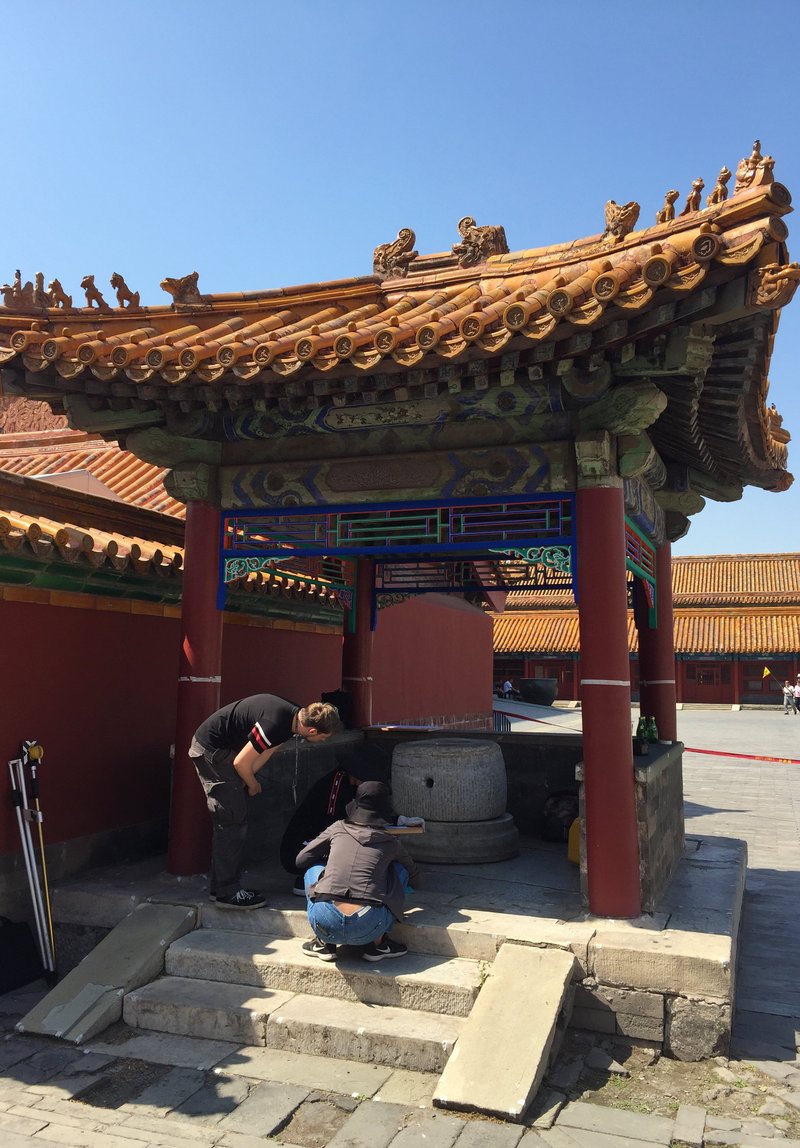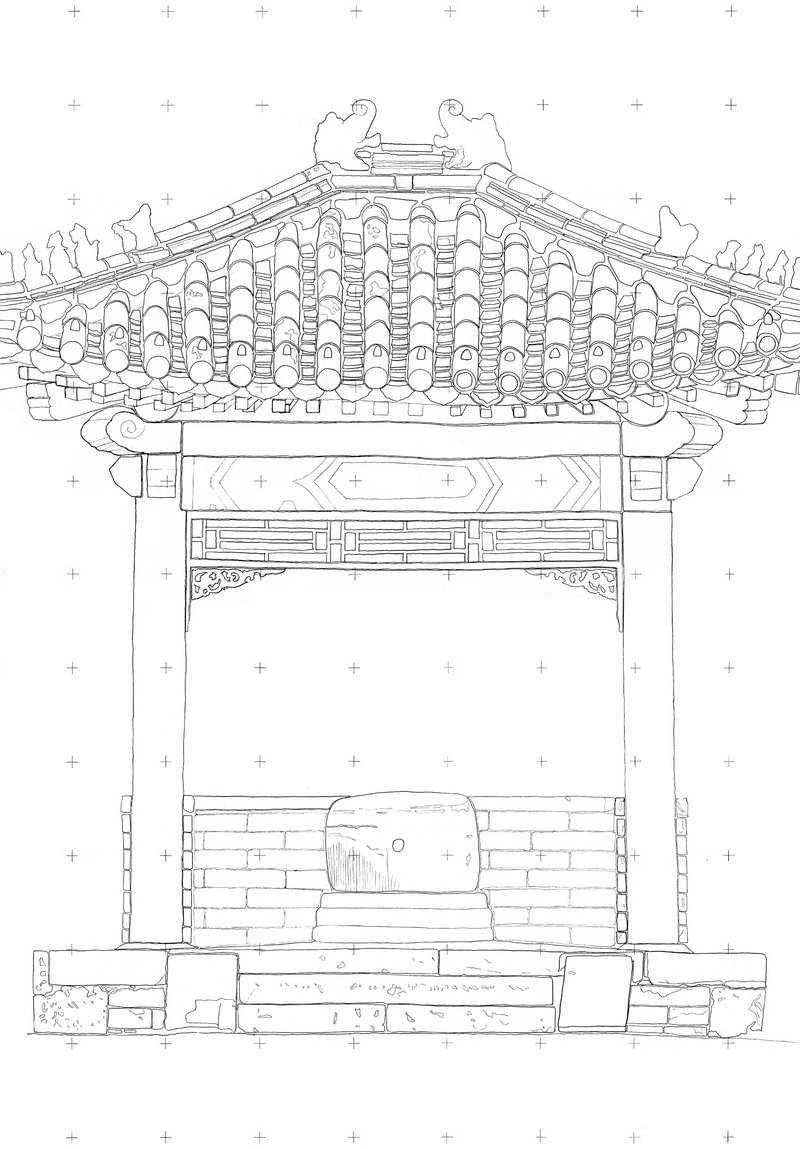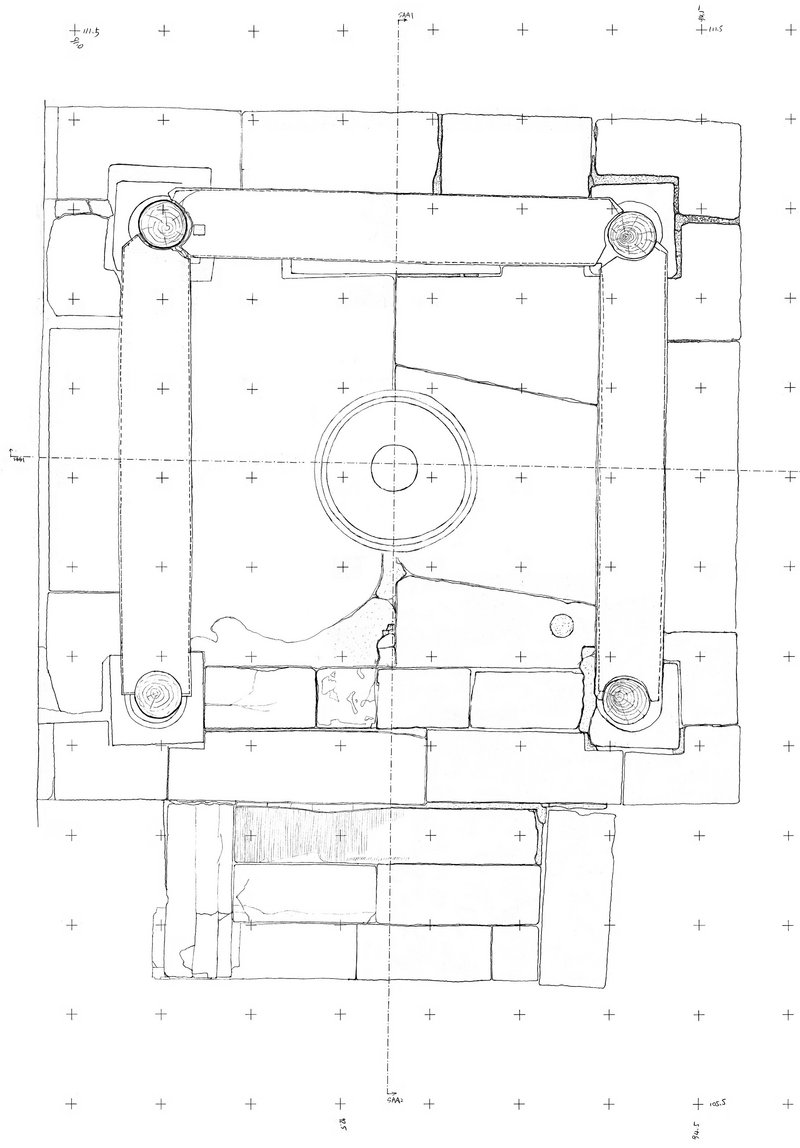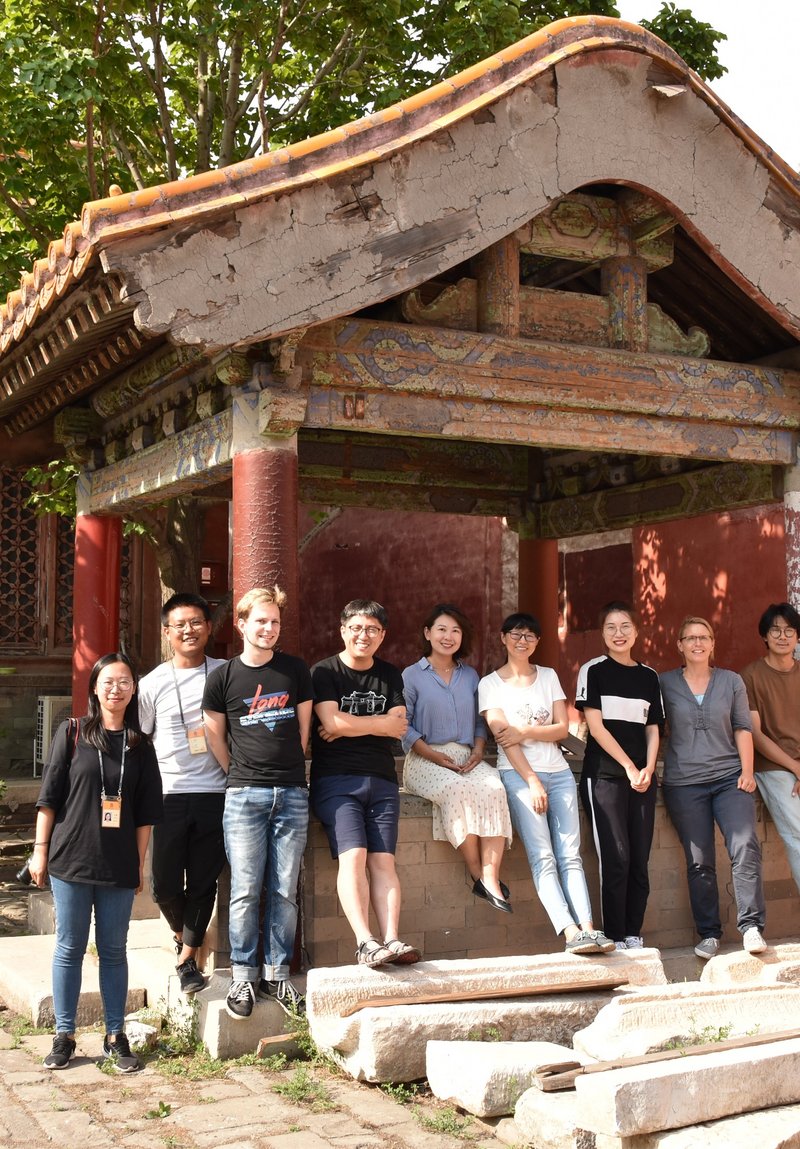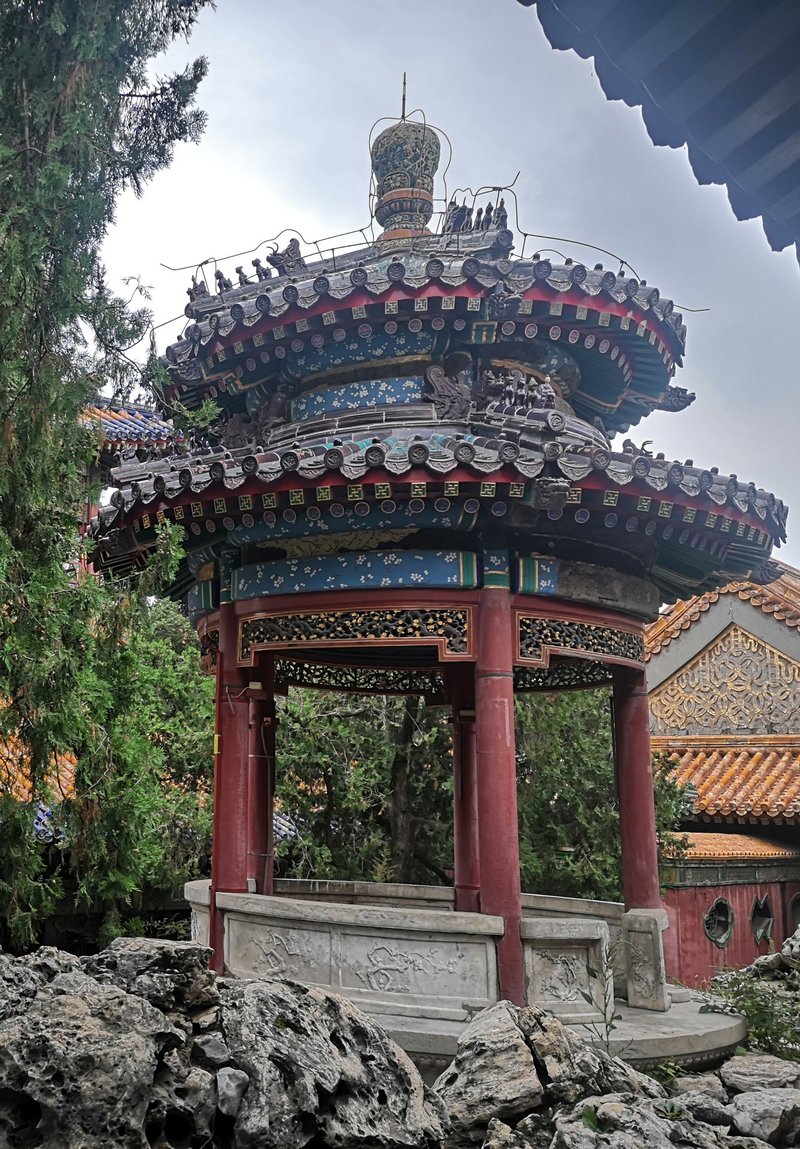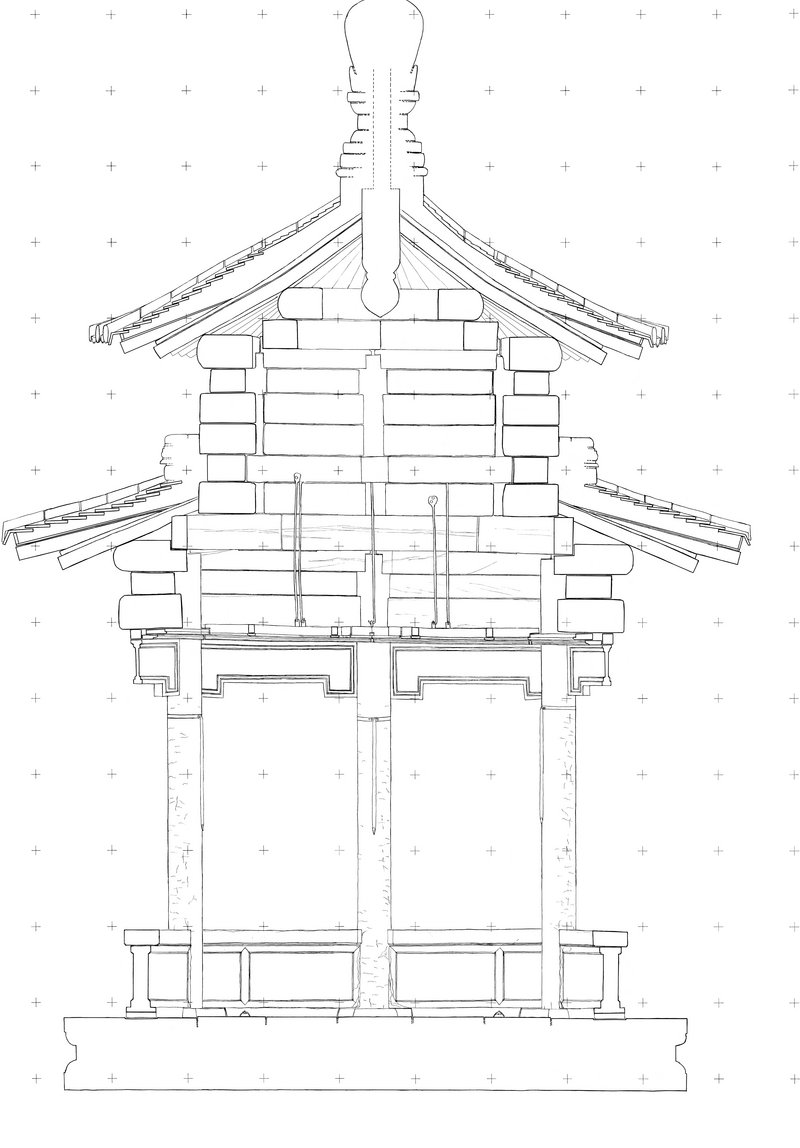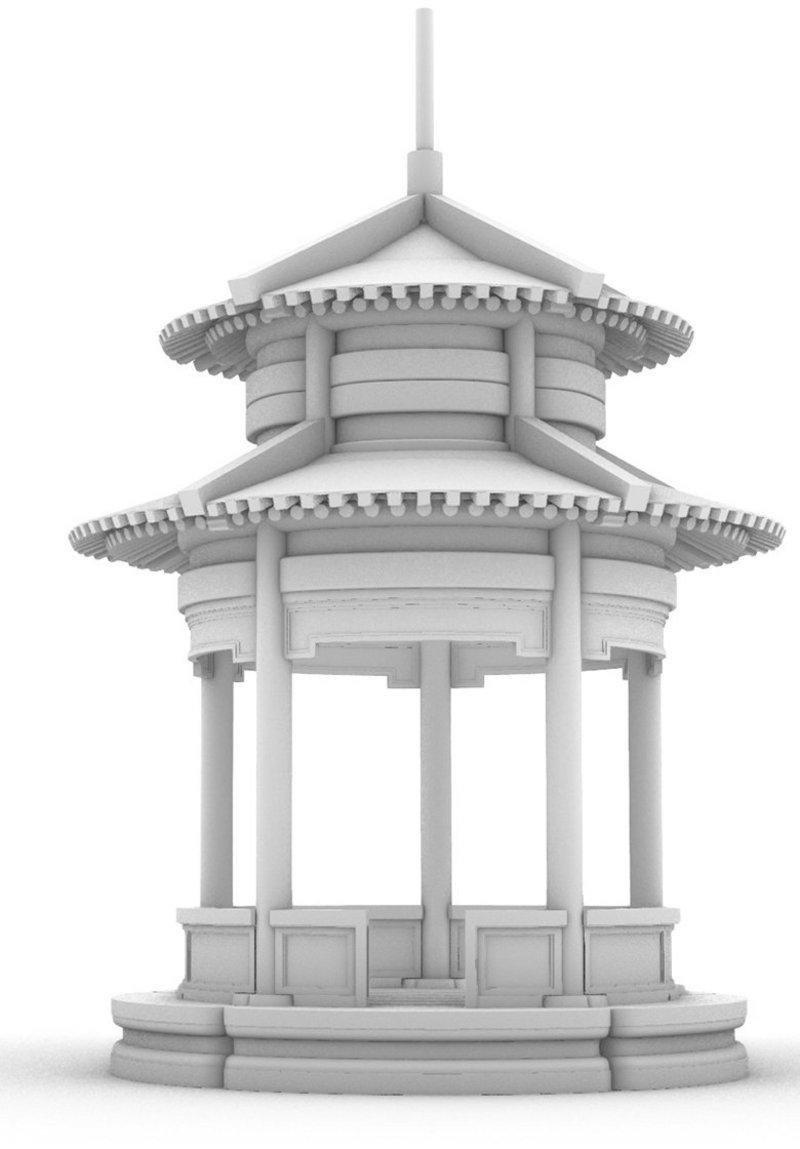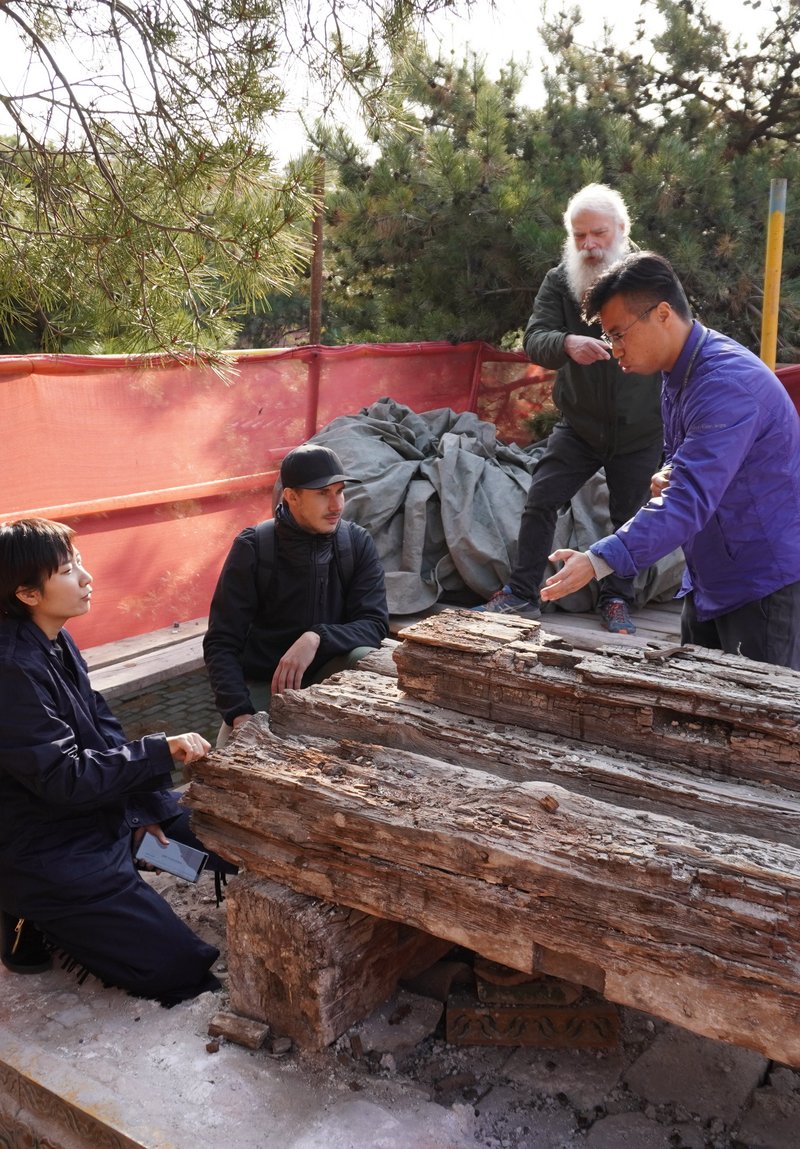Overview
The Imperial Palace in Beijing, also known as the Forbidden City, was built in 1406-1420 by Zhu Di the Yongle Emperor and is the world's largest preserved historical palace complex. It has housed the Palace Museum since 1925 and UNESCO declared the Imperial Palace a World Heritage Site in 1987.
Since June 23, 2015, the Palace Museum and the DAI have been cooperating in researching the palace architecture of the Forbidden City. The Crystal Palace (Lingzhao Xuan) was selected as the first cooperation project, on which a deformation-true building survey was carried out as part of a summer school in 2016.
As the majority of the buildings in the Forbidden City were built using traditional Chinese wooden architecture, the use of dendrochronology to determine the exact age of the construction and repair phases of the buildings is extremely important. On October 17, 2017, the Beijing Palace Museum and the DAI signed a further cooperation agreement on the conservation of the Lingzhao Xuan and the establishment of a dendrochronology laboratory.
In 2019, a second summer school on building research at the water well pavilions in the Forbidden City was organized in cooperation with the TU Berlin.
Furthermore, students of the Master's degree program "Building Archeology and Heritage Conservation" at the TU Berlin were able to research various pavilions in the Forbidden City as part of their qualification theses.
Project report
Report on the Summer School 2016 (In German with Englisch abstract)
- Wulf-Rheidt, U., Hof, C., Kurapkat, D. und Lorenz, W. (2017) „Peking, Volksrepublik China. Der sog. Crystal Palace in der Verbotenen Stadt. Bericht über die Summer School 2016“, e-Forschungsberichte des DAI, S. 59–68. doi: 10.34780/769a-6c2z.
Report on the Summer School 2019 (In German)
- www.dainst.blog/bridging-eurasia/gemeinsam-die-brunnen-pavillons-erforschen/
- www.tu.berlin/hbd/forschung/projekte/laufende-projekte/brunnen-pavillions-in-der-verbotenen-stadt
Qualification theses (In German)
